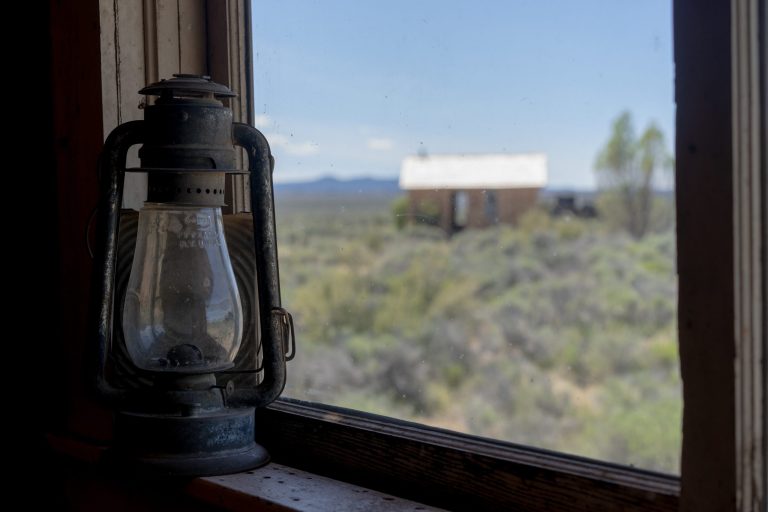Fact or Fiction? How Novelists Can Blend Factual Research with Creative Storytelling
Today’s guest post is by author Jack Woodville London, whose new book A Novel Approach, just released:
Readers who have some passing knowledge of literature might be startled when in reading The Three Musketeers they encounter a passage in which D’Artagnan refers to Gulliver’s Travels. The dilemma is that The Three Musketeers is set more than a hundred years before Jonathan Swift wrote about Gulliver. Alexandre Dumas got it wrong.
On the other hand, no one came nearer to getting it right than Patrick O’Brian. His seafaring novels highlight practices of gammoning and warping the futtocks, details that tend to overshadow the writing that brought such terms our way. The Three Musketeers is undeniably a classic; The Wine Dark Sea is the subject of much (unfair) criticism for burying a good story in unnecessary historical details.
How Can You Strike a Balance?
How much is “just right” when trying to strike a balance between research and storytelling? The answer is in making the reader a part of the story. Balance the unknown with the familiar and the incredible with the plausible, and the reader will stay with you. Accept that, no matter what, someone will know more about your subject than you do.
D’Artagnan’s malapropism is not an isolated blunder. I recently reviewed a World War I novel in which a field surgeon raced to a wounded soldier and administered penicillin, ten years before its discovery. It was hard to continue reading. Accordingly, a first consideration is the degree to which a reader who picked up your book because they have particular interest in your subject may put your book away without finishing it because of historical inaccuracy. Here are some points:
- If the story claims accuracy, it must be accurate. If the story is a “tale,” a slide in the facts may be forgivable. Remember, there always will be someone who will spot the mistakes; however, the more mistakes that exist, the harder the story is to read.
- Some inaccurate details might well be more historical than the truth. No submariner in his right mind would ever smoke while loading a torpedo. Schoolboys, however, might well smoke purloined Lucky Strikes because they swallowed whole a magazine advertisement that depicted their heroes (said loaders of torpedoes) calming their nerves by smoking Luckies. The distinction here is one not of accuracy but of veritas. To write about boys smoking a particular brand for the wrong reason is a detail that is right because it’s so wrong. Thus, a Life magazine from the 1940s may not be reliable history for scholars but is definitely a reliable source to learn what people did and thought in their everyday lives at the time. That kind of research is as valuable as historical accuracy. It leads to knowing what a character would know, even if the character was wrong.
- Exceptional research cannot replace good storytelling. Case in point: after once having spent days poring over construction blueprints for landing ships, I eventually proofread my manuscript and discovered that I had written “He stood at the bow doors that were suspended laterally by four roller-drum barrel hinges each six inches in length and with a load-bearing capacity of. . . .” Great research—awful storytelling. Do as I say, not as I nearly did.
Another consideration is that good writing can overcome doubtful research (as exemplified by Alexandre Dumas). But the writing must be good.
Why are those concepts important? Because the historical story or novel operates on at least two levels:
- First, as history, the background details must be based on facts or, in the complete absence of accepted facts, on a compelling mosaic of background details that are themselves accepted. For example, it is indisputable that the almost completely unknown Katherine Swynford had a long (and productive) affair with John of Gaunt, the now-obscure uncle of hapless King Richard II. Fewer than a dozen documents even mention her existence, yet her descendants as a result of that affair are the direct ancestors of every English monarch since the 1400s. By piecing together very sketchy details about Katherine with known—about how the two came together (so to speak). She did what would become the mantra of Hilary Mantel: “Question every historical fact you think you know and never accept as final anything taken from only one source of reference. What you learn in the process can take your story to a very high level.”
- Second, the story should operate as complete fiction. This is the crux of writing historical fiction: the characters in the story should know what someone in that time, place, and period would have known. If your story is set in Delft in the 1600s, your characters should go to the Oude Kerk or the Nieuwe Ker—churches that were present then in Delft—and walk along the canals to the Oude Langandijck to get to the Rotterdam Gate or ‘t Pest Huys (the Plague House), common landmarks they would know and that you can discover just by studying a historic map.
In short, your research should ease readers’ acceptance of the story’s internal truths, despite the fact that the story is not true. For example, the Count of Monte Cristo escaped from the Chateau d’If, (as did Tom and Huck’s friend Jim). The internal truth requires the reader to believe not only that it was possible but that it actually happened. Dumas’s research into the thickness of rock walls, habits of guards, and height above pounding waves made believable his tale of fictitious escape, and readers accept it.
Good research combined with good writing is the cornerstone of exceptional fiction. Cutting corners or assuming the correctness of a fact can lead an author—and ultimately the reader—off the edge of the map, where, as all historians know, there be monsters.
In short, do the research. Learn the facts. What you do after that is called storytelling.
 Jack Woodville London is the author of A Novel Approach (To Writing Your First Book) and the award-winning books, French Letters: Virginia’s Wars and French Letters: Engaged in War. He has published some 30 literary articles and more than 50 book reviews. He has also studied creative writing at Oxford University and earned certificates at the Fiction Academy, St. Céré, France and Ecole Francaise, Trois Ponts, France. London lives in Austin, Texas, with his wife, Alice, and Junebug, the writing cat. For more information, please visit www.jwlbooks.com.
Jack Woodville London is the author of A Novel Approach (To Writing Your First Book) and the award-winning books, French Letters: Virginia’s Wars and French Letters: Engaged in War. He has published some 30 literary articles and more than 50 book reviews. He has also studied creative writing at Oxford University and earned certificates at the Fiction Academy, St. Céré, France and Ecole Francaise, Trois Ponts, France. London lives in Austin, Texas, with his wife, Alice, and Junebug, the writing cat. For more information, please visit www.jwlbooks.com.
Feature Photo Credit: Wessex Archaeology via Compfight cc









Only one comment needed: ‘Bravo!’
Excellent points! Tell a good story, provide enough historical detail to establish verisimilitude.
In addition, your readership will let you know if it’s too much, too little, or too error-prone.
Thanks Jack,
Dillon Blaine
Author of The Sword and the Spirit Adventures
Excellent!
Tell a ripping good story, and include enough historical detail to ensure verisimilitude.
Also, your readers will tell you if it’s too much, too little, or too error-prone!
Thanks Jack,
Dillon Blaine
Author of The Sword and the Spirit Adventures
I agree wholeheartedly with your wonderful article! When I wrote my first novel, Mama’s Shoes, set 1940 to 1960, I immersed myself in the history of those years, especially WWII. I listened to the music my characters listened to, read the popular books and magazines my characters read. I searched for the clothes, shoes, furniture, automobiles, even the perfume that ladies wore. I interviewed men and women who were the age of my characters during this time and took copious notes. In short, I looked for anything and everything that would make my characters “real” to me so they would be “real” to my readers.
Great article and perfect timing for me. One the edge if my next project should be a novel based on fact or as I originally wanted an autobiography of an unusual person, Kujon. A real monk and a genuine Taino Indian. After reading your article I think a novel will be more flexible as the Taino Indians of PR have a brutal history imposed by the Spaniards and they are such a wonderful but cautious society. Am I right that a novel would be more flexible?
Amazing article Jack.